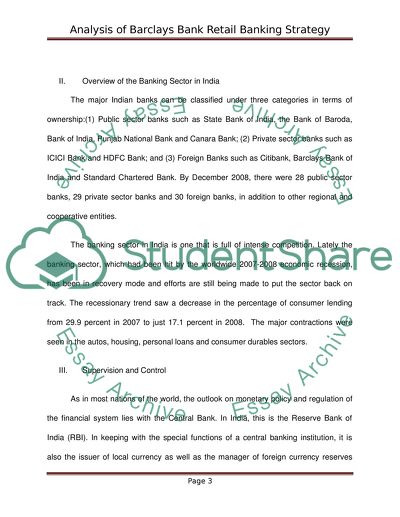Cite this document
(“Barclays Bank Retail Banking Strategy Essay Example | Topics and Well Written Essays - 2000 words”, n.d.)
Retrieved from https://studentshare.org/environmental-studies/1412200-case-study
Retrieved from https://studentshare.org/environmental-studies/1412200-case-study
(Barclays Bank Retail Banking Strategy Essay Example | Topics and Well Written Essays - 2000 Words)
https://studentshare.org/environmental-studies/1412200-case-study.
https://studentshare.org/environmental-studies/1412200-case-study.
“Barclays Bank Retail Banking Strategy Essay Example | Topics and Well Written Essays - 2000 Words”, n.d. https://studentshare.org/environmental-studies/1412200-case-study.


